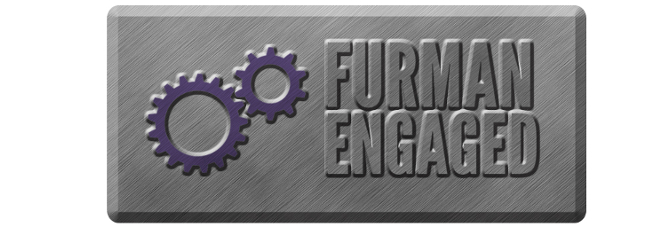Effect of External Stimulation of Movement on Neurotransmitter Levels in Cockroaches
Department, Center, or Institute
Chemistry
Presentation Format
Poster
Presentation Type
On-campus research
Description
Neurotransmitters work with receptors in the brain to influence and regulate a wide range of processes and behaviors. Correlation of these neurotransmitters with behavior can provide insight into how the brain operates, yet their presence in complex media at low concentrations renders them a challenging set of analytes to investigate analytically. The Blaberus discoidalis, the discoid cockroach, were used as a model system to investigate learning and memory in the cockroach. Movement was triggered through a BackYard Brains interface, which was constructed by implanting the ends of coated silver wires in the ends of the cockroach’s antennae and sending an electrical signal via Bluetooth from a mobile application. Cockroach movement was repeatedly stimulated every twenty-four hours for four straight days until cockroaches become unresponsive to the electrical signal. This was then repeated after a four-day resting period to investigate the cockroach’s ability to recover. Following the behavioral experiments, cockroaches were sacrificed, and neurotransmitters were separated using high performance liquid chromatography with electrochemical detection. Separations were performed with an optimized phosphate buffer (75 mM sodium dihydrogen phosphate, 1.7 mM 1- octanesulfonic acid, 25 µM EDTA, 0.01% TEA in water, pH to 3.0 with HCl, 10% methanol, and 10% acetonitrile) on a C-18 column (150 mm x 2 mm packed with 3.0 ?m particles). Neurotransmitter analytes were detected using two graphite electrodes set at -100 mV and +500 mV respectively.
Session Number
4
Start Date and Time
4-9-2019 3:00 PM
Location
PAC Gym
Recommended Citation
Kumar, Kirtan and Kuklinski, Nicholas, "Effect of External Stimulation of Movement on Neurotransmitter Levels in Cockroaches" (2019). Furman Engaged!. 432.
https://scholarexchange.furman.edu/furmanengaged/2019/all/432
Effect of External Stimulation of Movement on Neurotransmitter Levels in Cockroaches
PAC Gym
Neurotransmitters work with receptors in the brain to influence and regulate a wide range of processes and behaviors. Correlation of these neurotransmitters with behavior can provide insight into how the brain operates, yet their presence in complex media at low concentrations renders them a challenging set of analytes to investigate analytically. The Blaberus discoidalis, the discoid cockroach, were used as a model system to investigate learning and memory in the cockroach. Movement was triggered through a BackYard Brains interface, which was constructed by implanting the ends of coated silver wires in the ends of the cockroach’s antennae and sending an electrical signal via Bluetooth from a mobile application. Cockroach movement was repeatedly stimulated every twenty-four hours for four straight days until cockroaches become unresponsive to the electrical signal. This was then repeated after a four-day resting period to investigate the cockroach’s ability to recover. Following the behavioral experiments, cockroaches were sacrificed, and neurotransmitters were separated using high performance liquid chromatography with electrochemical detection. Separations were performed with an optimized phosphate buffer (75 mM sodium dihydrogen phosphate, 1.7 mM 1- octanesulfonic acid, 25 µM EDTA, 0.01% TEA in water, pH to 3.0 with HCl, 10% methanol, and 10% acetonitrile) on a C-18 column (150 mm x 2 mm packed with 3.0 ?m particles). Neurotransmitter analytes were detected using two graphite electrodes set at -100 mV and +500 mV respectively.

